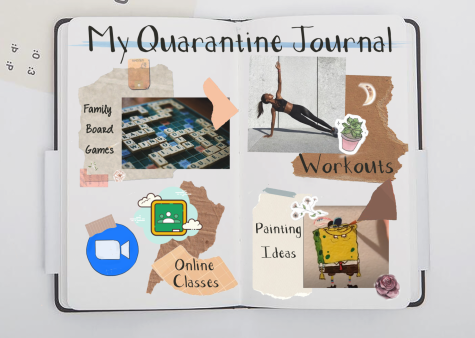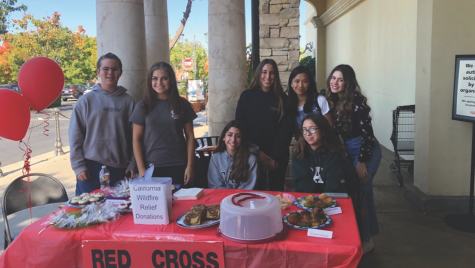Miller shares his experience fighting the Woolsey Fire
Ever since he was young boy, Rick Miller dreamed of riding around in a big red truck, fronting fires and saving lives. Fast-forward to present day, and Miller does exactly that. At the age of 18, Miller joined the Los Angeles County Fire Department explorer program, procured his Emergency Medical Technician certification and enrolled in some college Fire Science courses; all of these experiences further solidified Miller’s love for the firefighting profession.
“I was drawn to this career where, on a daily basis, I could have the opportunity to experience the honor and privilege of helping others in their time of need, often in an emergency situation, and hopefully making a difference in the process,” said Miller.
For the past two years, Miller has been assigned to Fire Station 96 in Chatsworth, located in the northwest region of the San Fernando Valley; Miller’s station was one of many dispatched to battle the Woolsey Fire.
“I was on LAFD Engine 496, a four-member crew, as part of the initial dispatch to the Woolsey Fire when it first broke out,” said Miller. “We arrived on scene in Woolsey Canyon at the point of origin late Thursday afternoon, within 20 minutes of ignition. [We] remained at that location attacking the fire as part of a strike team with four other companies for about 12 hours—until 4 a.m. Friday.”
The Woolsey fire was much more destructive than other wildfires due to the unfavorable environmental conditions leading up to and continuing throughout the disaster. Had the circumstances surrounding the event been more controllable, firefighters and other service teams could have contained the fire quicker, limiting the damage sustained by many properties.
“The Woolsey Fire was a wind-driven event fueled by strong 50 to 60 mph Santa Ana winds and single digit humidity levels,” said Miller. “A wildfire occurring under these extreme weather conditions is very difficult to contain because of the erratic, rapid spread and unpredictable spotting of fire beyond the main head by flying embers and brands that can be carried for up to a mile.”
After returning to his station to recoup and refuel after his initial assignment in Woolsey Canyon, Miller returned to the forefront, but this time battled the flames in Bell Canyon, a neighborhood housing many CHS residents.
“In Bell Canyon, my crew’s assignment on Light Force 96 entailed structure protection as part of a multiple company strike team,” said Miller. “Over the 48 plus hours we were deployed, we helped to extinguish numerous homes that were in the very initial stages of catching fire.”
According to Miller, the firefighters’ plan of attack was to defend the countless homes in Bell Canyon. Rather than trying to extinguish the flames, which can prove pointless for raging wildfires like Woolsey, firefighters concentrate on preserving as many structures as possible.
“This continuous process entailed staying as mobile as possible and aggressively attacking any structure we came across in its incipient stage, where we had a chance to pounce on it before it engulfed the home,” said Miller. “Many times we would recon a home in the path of the fire and attempt to remove any combustible material around the immediate outside perimeter before the fire arrived.”
For homes that were past the point of being saved, firefighters tried to salvage any nearby material goods. According to Miller, he and his men were able to save a Porsche, three dune buggies and a vintage motorcycle from the garage of a home that was in the process of burning down. As for protecting property, Miller suggests that homeowners research what fire-maintenance regulations apply in their area and act accordingly.
“Most of them detail the same practices of maintaining adequate distances between combustible shrubbery, trees, bushes, fences and structures,” said Miller. “Obviously, the greater distance between your home and any outside combustible items or vegetation, the greater the chance of your house surviving a wildfire.”
In the case of another fire, Miller advises all residents whose homes are in danger to evacuate immediately and follow protocol. Firefighters strive to save lives as well as property, but encounters with scared homeowners can obstruct their duties and ultimately do more harm than good.
“The best thing people can do in the evacuation zones is, in fact, evacuate when told to do so,” said Miller. “Staying behind is dangerous and doesn’t serve any purpose unless your manning fire fighting equipment, which most homeowners do not own. The best time to formulate this plan is NOT during the stress of an evacuation order while an impending wildfire is bearing down on your home or property.”
Your donation will support the student journalists of Calabasas High School. Your contribution will allow us to purchase equipment and cover our annual website hosting costs.











